In 1492, Columbus sailed the ocean blue…
The elementary school lyrics were the first exposure most students had to the Italian explorer. The line would prove to be some of the only truth told to students about Christopher Columbus and the nature of his explorations into the New World. Was he out to prove that the world wasn’t flat? Was he, in fact, the first man to discover the New World? And how exactly does one discover a place that has millions of inhabitants? Sit back and let the TopTenz team give you the 10 facts about Christopher Columbus that you may not know…
10: Did He Care if the Earth was Flat?

Do you remember being in elementary school and your teacher telling you that Columbus was out to prove the Earth wasn’t flat? We do. For many schools around the United States, teachers used the Flat Earth theory to engage students about the heroic expeditions of Columbus. However, the idea that Columbus was out to prove the Earth was round is just a myth.
Yes, for a period, human beings believed that the world was flat; however, ancient philosophers like Pythagoras came to understand that the world was round in the 6th century BC. You might remember Pythagoras from the Pythagorean theorem… or don’t remember him or geometry much at all. Nonetheless his work, authenticated by Aristotle centuries later, made it very clear that the world was, in fact, round.
What is true is that Columbus underestimated the circumference of the Earth, thinking that Europe was much wider than it was and that Japan was farther from the coast of Asia than it actually was. As a result, Columbus had the false belief that he could reach Asia by going West – a massive miscalculation that led to his discovery of a “New World.”
9: He Struggled Finding Funding for his Voyage
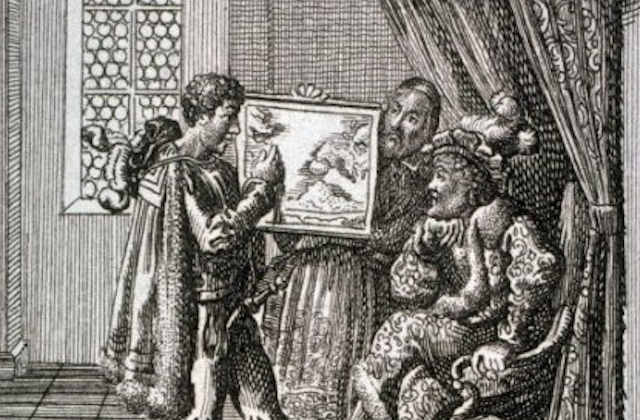
The more one learns about Christopher Columbus, the more his presence in the annals of history seems like a massive insult to the great explorers and thinkers of earlier periods. However, he was persistent. Columbus lobbied European Monarchs and was denied, lobbied, and was denied. That process continued for nearly a decade, with advisers to the Kings and Queens of Europe remarking that Columbus’s math was not just wrong, but embarrassingly wrong. However, Columbus remained steadfast in his beliefs and he was rewarded.
Finally, with the Spanish wars against the Moors coming to an end, King Ferdinand and Queen Isabella agreed to finance the voyage. Columbus would sail from Palos, Spain, with three small ships… which we know by now he commanded with misguided maps and calculations. Who could have guessed that this man would make a discovery that would reshape the world?
8: He Wrecked his Ship
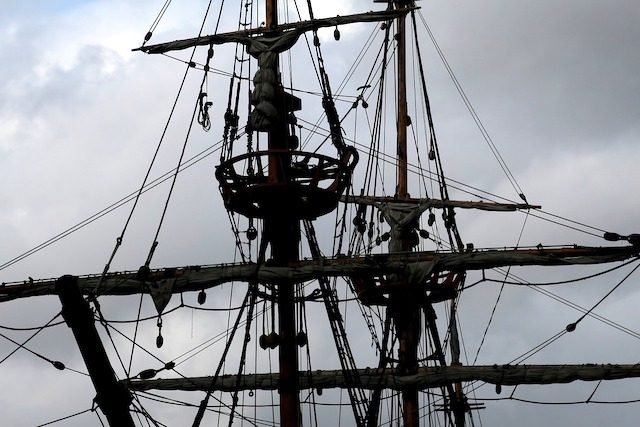
The Santa María was the largest of the three ships that embarked on Columbus’s voyage to… ahem, ‘Asia’. And even then, records show that the Santa María was not a particularly large ship, comparable today to a cruising yacht. The Santa María was only about 100 tons with a single deck and three small masts. Crossing the Atlantic Ocean proved fine for Columbus and his men, but the return journey was where tragedy struck.
As children, we probably all asked our parents to hold the steering wheel. How hard could it be? We’d beg and plead and almost always be met with a resounding “No!” That wasn’t the case on the Santa Maria. On the Christmas Eve, 1492, a cabin boy took the wheel and crashed into a coral reef on the northern coast of Hispaniola, close to present day Haitien, Haiti. After two sleepless nights, Columbus had decided to sleep and the crew followed, thinking that the calm night could bring no trouble. They couldn’t have been more mistaken.
Christmas was spent salvaging the remaining cargo, leaving Columbus to return to Spain aboard the Nina. Before leaving, Columbus instructed the crew to build a settlement on the remains of the ship which, they named “La Navidad.” Nearly 40 crew members were left behind at La Navidad, the first European settlement in the New World.
In the fall of 1493, Columbus returned to the settlement and found that none of the crew were alive, describing the La Navidad settlement as being “ burned to the ground.”
7: He Returned to Spain in Shackles
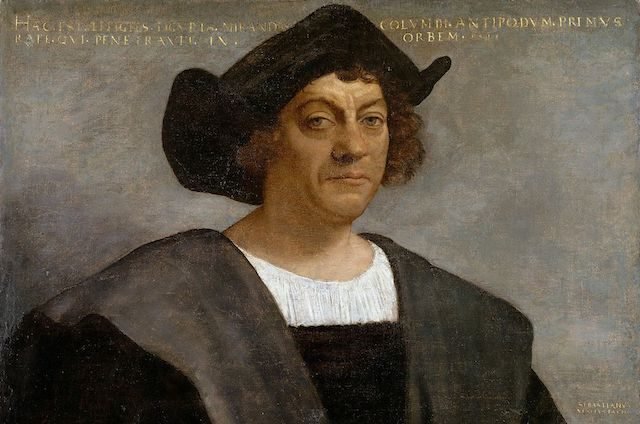
Unfazed by the destruction of his former crew members’ settlement, Columbus decided to rebuild the settlement in a different location. Promising riches to crown and crew member alike, Columbus and his brothers would rule the new settlement with savage cruelty. Believing the island had great quantities of gold, Columbus forced the native workers into slavery, exploring and mining for gold and rebuilding the settlement. Failure to comply was met with death or the chopping off of limbs.
Convinced that he had found the outer islands of China, Columbus left the encampment for Spain. On his return, he would find the settlement in disarray. Colonists had become embittered with the management of Columbus’s brothers – with some Spanish colonists even being executed at the gallows. The lack of gold and riches also led to many believing that they had been lied to. As a result, colonists complained to the monarchy and a royal commissioner dispatched to the new colony arrested Columbus and brought him back to Spain in chains. The arrest would not hamper Columbus’s explorations, as he would not only be granted his freedom, but also the finances for a fourth voyage.
6: An Eclipse was his Savior
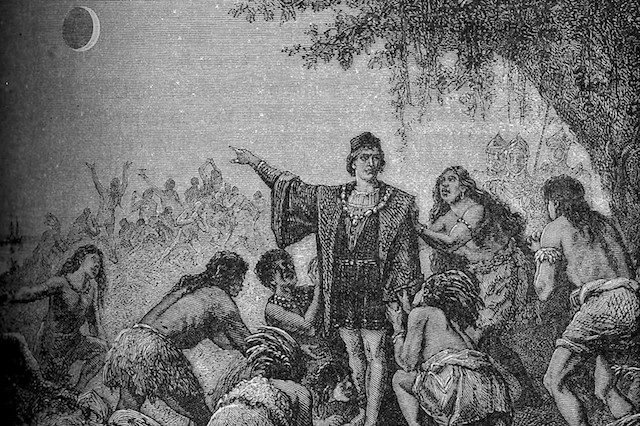
If finding uncharted territory by accident wasn’t enough for you, Columbus would be the beneficiary of even more good fortune while stranded in Jamaica.
On his fourth and final journey, Columbus promised King Ferdinand the gold that he had so far been unable to fully deliver. In 1502, Columbus set sail, traveling along the eastern coast of Central America – again believing that he was close to find a route to the Indian Ocean. That, he would not find. What he would find was devastating winds; gusts that would wreck one of his ships. Columbus and his men became stranded on the island of Jamaica, where the men’s demands of gold would irritate the natives and lead to their refusal to feed Columbus and his men. Left with little options, Columbus consulted his almanac, realizing that an eclipse was on the horizon. He sought out the natives’ chief and warned him that his God was angry at the lack of food provided for him and his men. He told the natives that a sign would soon come that displayed his God’s anger.
On February 29, 1504, an eclipse would terrify the native population into providing food and trading with Columbus and his party. Months later a rescue party would arrive and Columbus and his men were taken back to Spain.
5: First to Discover New World?
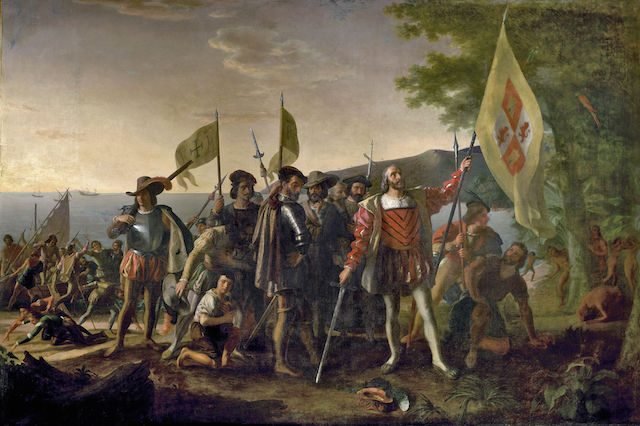
It seems that our Genoese explorer has gotten more credit than he is due. Researchers have confirmed that Christopher Columbus was not the first man to lead a voyage to the Americas. That distinction goes to a Viking, by the name of Leif Erikson.
The exact date is unknown, but scholars put Erikson’s voyage around the year 1000 AD. Son of Erik the Red, Leif Erikson sailed to what is now the Canadian province of Newfoundland, but didn’t settle in the area deemed “Vinland.” After staying for a few years, Erikson and his party returned to Greenland, where he described his travels. Proof of the voyage was uncovered by Norwegian Helge Instad and Anne Stine Instad, who found an ancient Norse settlement.
Less plausible theories suppose that an Irish Monk in the 6th century was the first to discover the Americas in a wood-framed boat covered in animal skin. Another theory holds that in the 15th century, Zheng He, a fleet Admiral who had explored Southeast Asia, India, the Persian Gulf, and the East Coast of Africa had also visited the Americas 71 years before Columbus. The best piece of evidence for this claim was the discovery of an old Chinese map that displays an understanding of the world that predates European knowledge of the Americas. Since the map has been revealed, scholars have questioned its authenticity while others remain convinced that Zhen He did, in fact, explore the “New World” before Columbus. It’s not hard to imagine that in some schools in Far East Asia, it was Zhen He “who sailed the ocean blue.”
4: His Adventures After Death
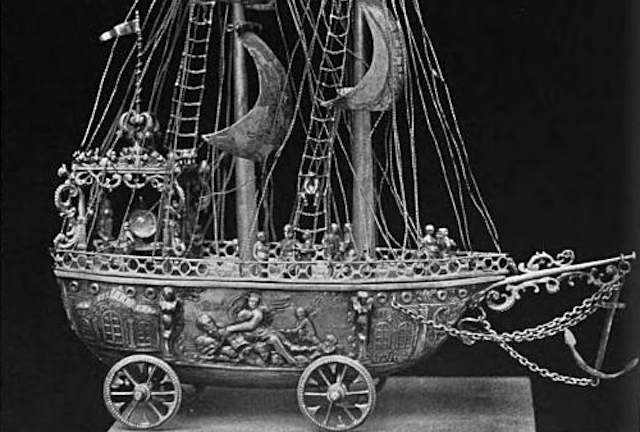
Although we have questioned his mental acumen, what cannot be questioned is Columbus’s adventurousness in his pursuits and explorations. Those qualities would seem to continue into death, as the deceased bodies of Columbus and his son, Diego, were shipped across the Atlantic to Hispaniola (on the request of his daughter-in-law). They were to be interred in a Santo Domingo cathedral.
Nearly 200 years later, when the French captured the island, the Spanish dug up the bodies of both Columbus and his son and shipped them to Seville via Cuba. Upon further examination, a box with human remains and Columbus’s name was discovered at his original resting place in Santo Domingo in 1877. The finding led to the DNA testing of the remains in Seville, which confirmed that some of the remains were those of Columbus. What are we to make of the box in Santo Domingo bearing Columbus’s name, containing human remains? The Dominican Republic has refused to let their findings be tested, so it is entirely possible that parts of Columbus are spread across the Old and New World.
3: Columbus was a Slave Trader
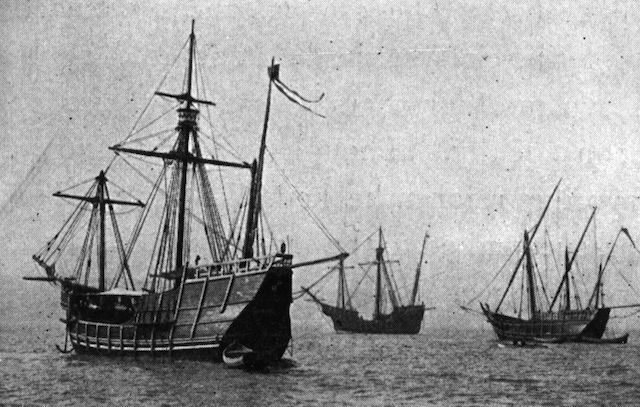
“Only a few hundred were left.” That’s all that remained of the Taino population 60 years after first contact with Columbus. Conservative estimates hold that more than 250,000 inhabited the Dominican Republic before his arrival. It’s a startling figure to consider when contemplating the impact of Columbus on the native populations of the New World.
On Columbus’s first trip, he ordered six of the natives to be seized, stating in his journal that he believed they would be good servants. Other accounts depict Columbus and his men riding on the backs of natives like they were horses. Unable to find large quantities of gold, Columbus enslaved many of the native population, brutalizing them in his quest for the riches of the island. Any form of rebellion led to massive bloodshed – with Columbus even ordering their dismembered bodies to be paraded through the streets. Ultimately, it was the disease brought on by the Spanish that killed off most of the population. However, the Taino people live on in their language: Words like “canoe, hammock, barbeque, and hurricane” have their origins in the Arawak tribe’s tongue.
2: Columbus was Very Religious
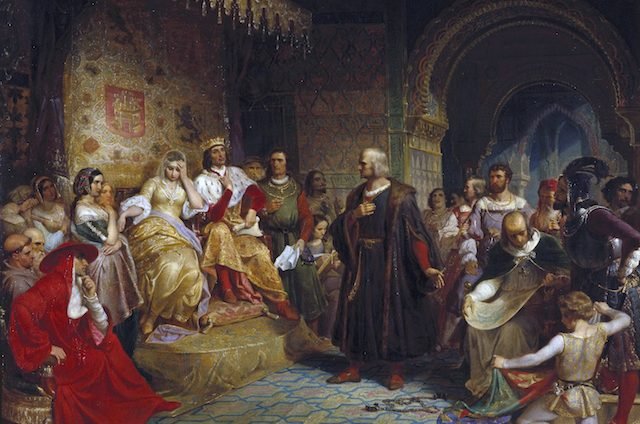
Despite his cruel and inhumane acts, Columbus was a fervent Christian. He believed that his voyages were God’s will, and consequently he would go on to name many of the lands he “discovered” biblical names.
The voyages across the Atlantic were not without biblical influence, as Columbus made sure the crew observed religious rites. Every time they turned the half-hour glass, they exclaimed “blessed be the hour of our Savior’s birth/blessed by the Virgin Mary who bore him/and blessed by John who baptized him.” It is also alleged that despite the crude manner of ship life, Columbus never cursed.
His religious feeling were so strong that upon landing on the American mainland and seeing four rivers flowing from the landmass, he was convinced that he had encountered the Garden of Eden.
1: Columbus Brought Syphilis to the New World
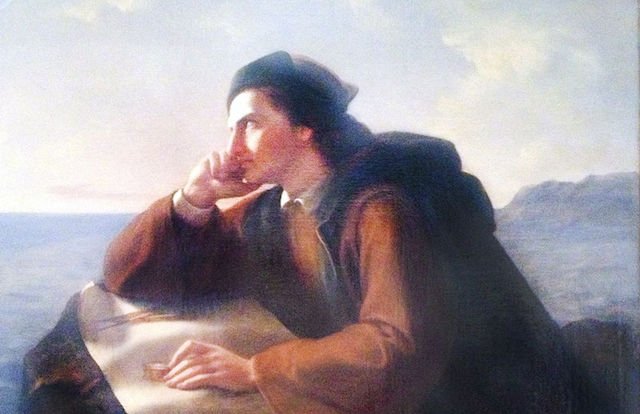
Recent reports have come to suggest that Columbus had an even greater impact on world history than we’ve given him credit for. According to skeletal evidence, Columbus and his crew not only introduced the Old World to the New World, but to syphilis as well. It appears that like Vegas, what happens in the New World will stay in the New World… except for venereal disease.
The sexual nature of the syphilis epidemic made it especially contentious in finding its origins.The first known epidemic of syphilis took place in the Renaissance era (1490s). One of the most notable initial cases was its infection of the army of Charles the VIII after he invaded Naples. The disease would go on to devastate Europe, resulting in 5 million deaths.
While still just a widely held theory, scientists believe they were able to prove the disease’s origin by comparing 26 strains of treponemes from Africa, Europe, Asia, the Middle East, the Americas, and the Pacific Islands. The results were that the “strains that caused the sexually transmitted disease originated recently, with their closest relatives being germs collected in South America. In other words, it seems to have come from the New World.”
Hi! I am a robot. I just upvoted you! I found similar content that readers might be interested in:
http://www.toptenz.net/10-fascinating-facts-christopher-columbus.php
Downvoting a post can decrease pending rewards and make it less visible. Common reasons:
Submit